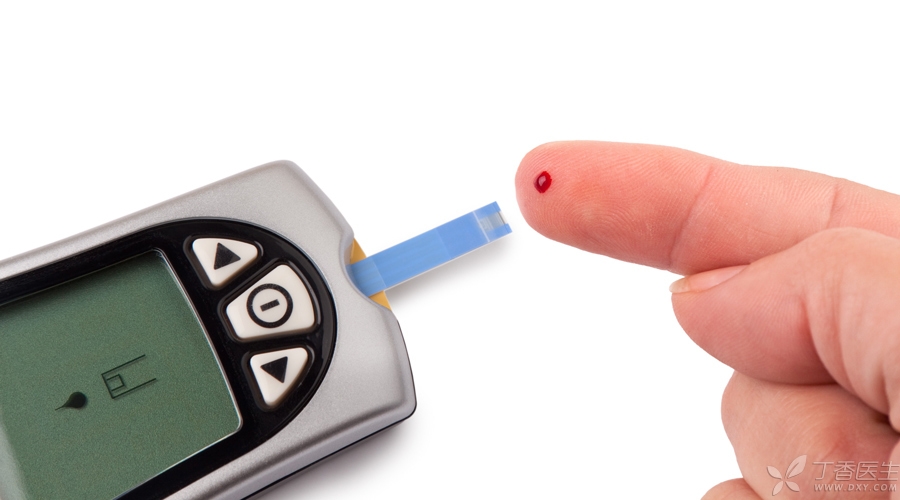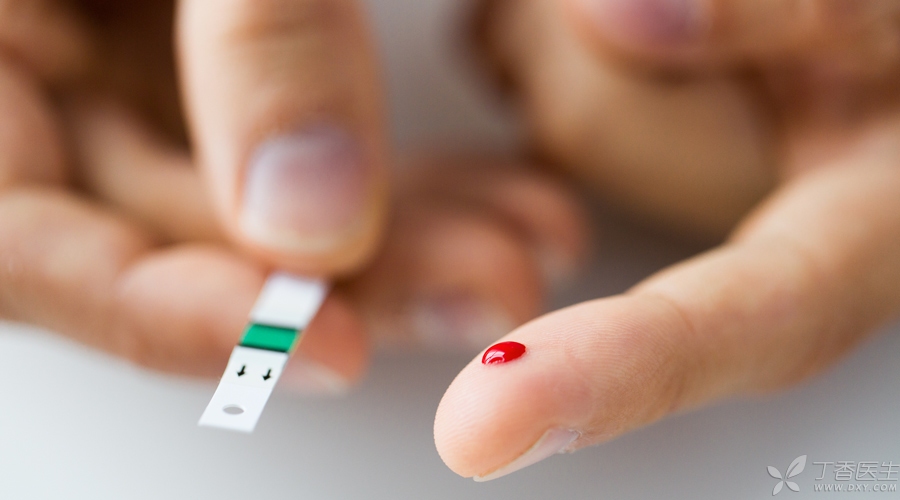
When measuring blood sugar, many sugar lovers sometimes find that their blood sugar measurement values fluctuate greatly, and the blood sugar values measured at home are quite different from those measured in the clinical laboratory of the hospital, often feeling very confused:
I clearly take medicine on time, eat regularly and exercise persistently. Why is blood sugar still not well controlled?
The blood sugar I measured at home clearly reached the standard. Why did it rise when I got to the hospital?
It’s not my blood glucose meter that’s broken, is it?
Don’t worry, although it may be the poor control of blood sugar or the problem of blood sugar meter, in most cases, the difference in blood sugar measurement values may be due to other reasons.
Today, Dr. Clove invited a diabetes doctor to uncover the mystery of the fluctuation of blood sugar measurement results.
Different measurement methods lead to different results
Sugar friends use blood glucose meters to prick their fingers to measure [peripheral whole blood glucose], while the hospital clinical laboratory draws blood to measure [venous plasma blood glucose].
When measuring fasting blood glucose, the results measured by pricking your fingers with a blood glucose meter are often lower than those measured by the clinical laboratory of the hospital, and the difference is about 12% ~ 15%. However, in the post-meal state (e.g. 2 hours after meal), the test results of the blood glucose meter are basically the same as those of the clinical laboratory.
Suggestion: If you doubt the accuracy of the blood glucose meter, you can measure the finger end blood glucose (whole blood glucose) at the same time when taking venous blood for examination and testing blood glucose (plasma blood glucose), and compare the two blood glucose values. If the difference is within 15%, the blood glucose meter is more accurate.
Blood sugar levels are inherently different at different times.
We know that the body’s blood sugar is affected by many factors (such as diet, exercise, sleep, mood, etc.), and is always in constant change, sometimes even fluctuating greatly. Also on an empty stomach, the blood sugar level at 6 o’clock in the morning is different from that at 9 o’clock in the morning. Similarly, the blood sugar 1 hour after meal and 2 hours after meal are also different.
Suggestion: When monitoring blood sugar at home or comparing data, try to fix it at the same time every day.
A variety of factors affect blood sugar levels
There are many factors, such as insomnia and mood changes, which can cause blood sugar to fluctuate.
There was once a sugar friend who usually measured his fasting blood sugar quite smoothly, Recently every time I check fasting blood sugar is high, and my appetite is about the same as before. At first he suspected that there was something wrong with the blood glucose meter. Later, he recalled and analyzed to find out the reason. This sugar friend was worried and angry about household chores recently, and his sleep quality declined. Sometimes he even stayed up all night, affecting his blood sugar level.
Suggestion: When analyzing and evaluating the test results, various factors affecting blood sugar must be taken into account. Try to maintain emotional stability before measuring blood sugar.
Improper selection of disinfectant
Disinfection with iodine or iodophor will react with the test paper, resulting in high test results.
Suggestion: 75% alcohol should be used for disinfection when blood collection is carried out, and the test should be carried out after the alcohol is completely dried, so as not to dilute the blood with alcohol.
Incorrect blood collection method
During blood collection, due to insufficient needle penetration depth and insufficient blood loss, tissue fluid is mixed into blood due to hard squeezing of fingers, and blood is diluted, resulting in low blood sugar test results.
Suggestion: When collecting finger blood, the needle depth should be appropriate to make the blood flow out naturally and avoid squeezing fingers, otherwise the test results will be low. In addition, it is best to wipe off the first drop of blood after blood collection with cotton sticks, because the first drop of blood often contains more tissue fluid, which may affect the test results.
The code of blood glucose meter is inconsistent with that of test strip.
When sugar lovers use blood glucose meters that need to be adjusted, Before use, check to see if the code displayed on the screen of the blood glucose meter is consistent with the code on the test paper box. If any inconsistency is found, the blood glucose meter must be debugged to make the code displayed on the blood glucose meter consistent with the code on the test paper box, which will affect the results of the blood glucose test.
Of course, sugar lovers can also choose to buy a code-free blood glucose meter on the market. The machine itself can automatically identify bar codes without manually inputting code correction.
Suggestion: When sugar friends get a new blood glucose meter, they should first confirm whether the blood glucose meter needs manual code adjustment. If it is a blood glucose meter that needs code adjustment, when each new box of blood glucose test paper is activated, sugar friends should first adjust the code of the blood glucose meter according to the code on the test paper box to match the blood glucose meter with the test paper.

The test paper is not properly stored or has expired.
The test strip is easily affected by many factors, such as temperature, humidity, light, chemicals and air oxidation. If the test paper is affected and deteriorates, then the blood sugar measurement results will certainly not be accurate.
Suggestion: The test paper should be sealed and stored in a dry and cool place. Pay attention to moisture and light protection. The test paper that exceeds the validity period should be replaced in time. It is best to choose a single-packaged test strip. Don’t touch the test area of the test strip during the test.
The blood glucose meter has not been calibrated for a long time.
The accuracy of the blood glucose meter may decline during use. At this time, sugar lovers need to calibrate the accuracy of the blood glucose meter by using simulated blood glucose liquid (distributed with the instrument when purchasing).
Suggestion: Check the blood glucose meter every two months. If there are any of the following situations, it needs to be checked in time:
- Before the first use. Every time you use a new test paper. When you have doubts about the measurement results. When the blood glucose meter falls.
If it is found that the deviation between the value measured by the blood glucose meter and the value marked by the simulated blood glucose solution is more than 10%, the manufacturer needs to recalibrate it.
The blood glucose meter is not cleaned and maintained regularly.
The blood glucose meter is often polluted by dust, fiber, sundries and other pollutants in the environment during placement or use, especially when the blood accidentally pollutes the test area of the instrument, which will affect the test results.
Suggestion: The blood glucose meter should be checked, cleaned and calibrated regularly. Sugar friends can wipe the test area after dipping cotton swabs or soft cloth in clear water to clean the blood glucose meter. Special attention should be paid to reminding sugar friends that they should not clean the blood glucose meter with alcohol or other organic solvents to avoid damaging the machine.
The battery is short of power.
Lack of power in blood glucose meter will affect the test results.
Suggestion: During the test, the words or symbols [low power] are displayed on the display screen of the blood glucose meter, and the new battery should be replaced in time.
The interference of certain drugs
If you take vitamin C, glutathione and other drugs, you may cause low blood sugar test results.
Suggestion: In order to accurately understand their blood sugar level, sugar lovers had better suspend such drugs a few days before the test.
In the 11 items listed above, many places are due to the uncertainty of blood sugar caused by the inattention of the operation during the measurement. Therefore, sugar lovers should pay special attention to these small details and correctly measure blood sugar when measuring blood sugar.
The blood sugar measurement results obtained in this way can better enable doctors to understand the disease condition, guide drug administration and drug adjustment, and better help sugar lovers to control sugar smoothly.
